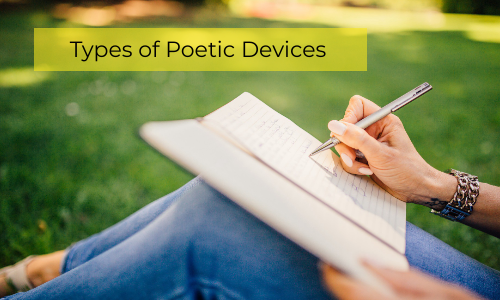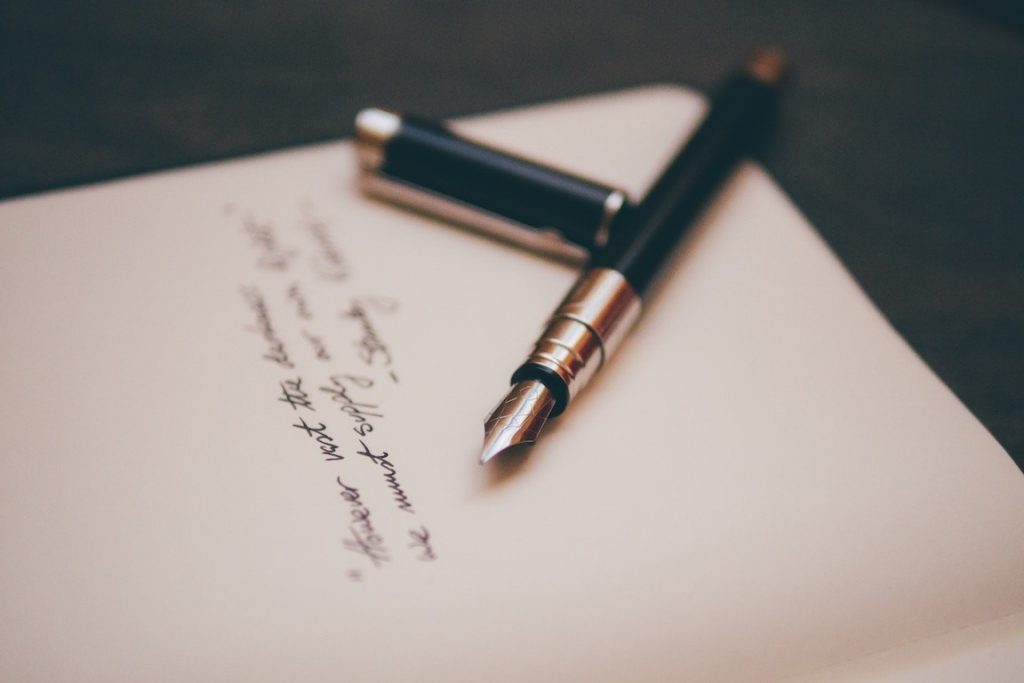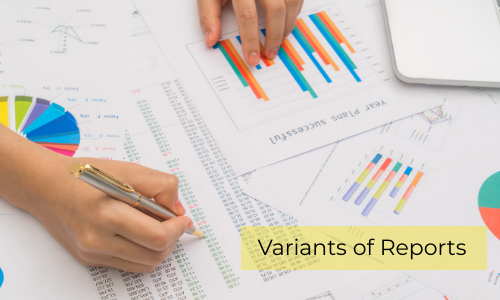
What Poetic Devices to use in your Poem?
The poetic device tends to create an invisible impact on the reader’s and listener’s mind that helps create a rhythm to enhance the meaning of a poem. Poets employ this strategy in their work to exaggerate a feeling or mood in the audience’s mind. Writing a poem is an art, where one has to deeply think about some effective words and phrases to sink with the right rhythm. When it comes to writing effective poems, it becomes important for the poets to understand the role of poetic devices in it. Only then they could create an impactful result on the audiences with their work.
Like in the field of literature, you must have knowledge of the different forms of writing. The same goes with the concept of poem writing as well. The correct use of words and their meanings, along with the effective use of poetic devices is what creates a beautiful rhythm in your poem.
As we all know now that poetic devices are used to amplify the meaning of a poem or intensify some mood or emotions. But to understand its role more deeply, you must first get the knowledge of its different styles.
Poetic devices based on sound
Some poetic devices tend to create a sonic sound effect in the listener’s mind. These words have the power to sound in the reader’s thoughts and arouse their feelings.
Alliteration
It is the repetition of a constant sound that occurs at the beginning of two or more consecutive words.
Assonance
This reflects the repetition of a vowel sound within a sentence.
Consonance
This poetic device shares the repetition of a consonant sound in a sentence. This occurs either at the beginning, middle or end of the sentence.
Cacophony
This tries to convey the message to the readers by sharing a series of some hard or unpleasant sounds.
Euphony
It includes many words that are quite pleasing to our ears.
Onomatopoeia
In order to create a dramatic effect in our poem, we often make use of this poetic device named onomatopoeia. Sounds of water, collision, air and animals all come under this category.
Poetic devices based on rhythm
This type maintains the flow of words by creating a rhythmic effect in your work. It helps the poet to emphasize some specific parts of the poem to create a great impact.
Repetition
Under this rhythmic category, we often use some words to highlight a particular scenario. It is also used to make your poem look more attractive and appealing in the eyes of the readers. This poetic device is commonly used in children’s poems.
Rhyme
This creates a musical effect in your poem using the right words and phrases. Poets generally use two types of rhymes in their work, i.e., internal and end rhymes.
Caesura
You cannot actually narrate a poem without a pause. Caesura poetic device is mainly used to showcase a pause or a break in the rhythm.
Poetic devices based on the meaning
There are many words that tend to explain the meaning of the poet’s creation. And in order to know the poet’s thoughts and perspectives regarding their work, you need to first understand the meaning of the words.
Allusion
This poetic device explains a short description of a person, character, historical event, work of art or mythological circumstances. In other words, we can say that allusion acts as an indirect reference to something in your poem.
Analogy
This conveys the message of the poet by drawing a comparison between two situations. It also helps the reader to understand the connection and meaning between different or similar conditions. For a better understanding of analogies, you need to be aware of the following types-
- Allegory- Here, the poet explains some characters, events, or images as symbols. These symbols might attain some kind of mythological or historical relevance.
- Parable- It is more like an allegory, but it tends to reflect a story by enlightening lessons or important principles.
- Metaphor- Here, the poet compares two things together without using any connecting words.
- Simile- Its the opposite of metaphor, where you compare two subjects with the help of connecting words.
- Exemplification- It builds and explains the connection between a sample and what it mentions.
Hyperbole
With the help of this poetic device, the poet tries to create an outrageous exaggeration for an effect that can emphasize the practical context. In other words, you can describe it as overcasting.
Irony
It depicts a contradictory situation, where you show a comparison between reality and what seems to be true.
Imagery
This describes a visual representation instead of some real situation. It is used in poems to create a sensory effect.
Oxymoron
This shows the connection between some contradictory words. These words are not opposite in nature but depict a different meaning.
Personification
It provides a kind of human characteristic to non-living subjects or things. With the help of this device, the reader can easily understand the situation or real message of the poem.
So, these were some of the essential poetic devices that poets often use in their work. You can also make use of such devices if you are keen enough on writing poems for your academic or personal work. Apart from this, if you face any kind of difficulties with your academic work, feel free to contact our online assignment writing services that offer high-quality work with professional guidance.





